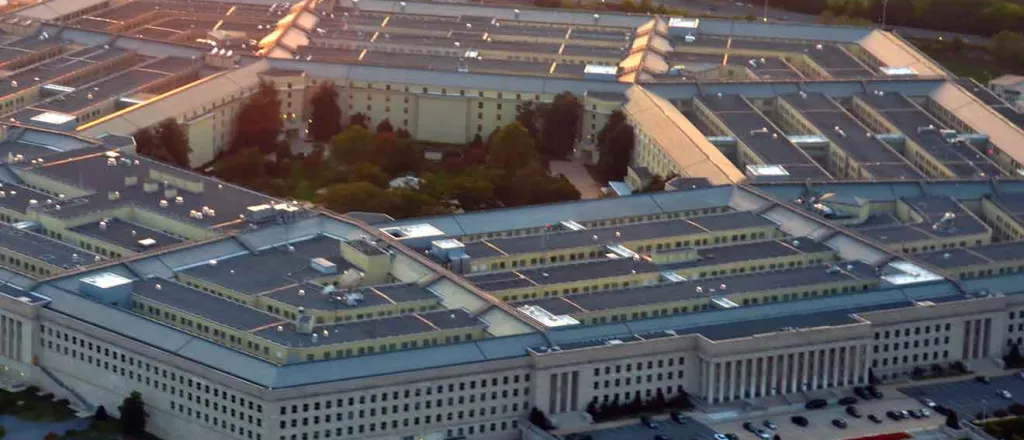
Department of Defense travel system failures bleeding money
(The Center Square) – Problems with a "garden-variety travel booking system" used by the Department of Defense are diverting taxpayer funds from the agency's mission, federal lawmakers said during a subcommittee hearing on the troubled travel system.
U.S. Rep. Nancy Mace, R-South Carolina, said the Department of Defense's travel-related expenses, which chiefly fund temporary duty-related travel for civilian and military personnel, amounted to $8 billion in 2022. She said hundreds of millions of those dollars were wasted on improper payments. More money was spent on manual workarounds to the system, she said.
"There are funds diverted every year from the agency's warfighting mission," she said.
The Department of Defense has been working since 2017 to modernize and improve its travel system, according to a report from the U.S. Government Accountability Office. In 2018, the department announced a reform initiative to replace the Defense Travel System with a new system. The department awarded a sole-source contract for up to $374 million to develop the new system, called MyTravel, and required some department organizations to begin using it, but then pulled the plug on MyTravel and reverted to the problematic Defense Travel System.
"It's not a major weapons system contract we're talking about," Mace said. "This is a garden-variety travel booking system upgrade and that's exactly what makes this failure so disturbing."
Mace said the excuses from Gilbert Cisneros Jr., undersecretary of defense for personnel and readiness, and others were "lame" and failed to add up. Mace said Cisneros was invited to testify before the subcommittee, but the Department of Defense sent another person who it said was better able to answer questions. Mace was not pleased. Neither was ranking member U.S. Rep. Gerry Connolly, D-Virginia.
A 2019 Government Accountability Office report found one example of an improper travel payment was "claiming an expense amount that was automatically generated by DTS during the booking process, rather than the actual expense amount." Other errors included duplicate paid vouchers, incorrectly paid mileage, lodging expenses paid twice, and expenses that do not match receipts. According to DOD data, the average annual amount of improper travel payments in fiscal year 2016 through fiscal year 2018 was about $322 million (5.3%), according to the report.
Connolly said efforts to modernize the Department of Defense's travel system need to get "back on track to address the agency's hundreds of millions of dollars in improper payments every year."
Jeffrey Register, director of the Defense Human Resources Activity Office of the Under Secretary for Defense for Personnel & Readiness, said that despite challenges the Department of Defense is committed to modernizing its travel system.
Register said officials ditched MyTravel for two reasons. One was unexpectedly low usage of about 12 percent. Some of that low usage was likely the result of the COVID-19 pandemic. The other reason was the department's prioritization of getting a clean audit.
"While our decision may appear abrupt, the department has been discussing the challenges and potential courses of action for MyTravel for some time prior to the announcement," Register said. "Although the program made significant advances, continued implementation of MyTravel is no longer in the best interests of the department."
He said it was the most "fiscally responsible decision."
The U.S. Department of Defense has been unable to get a clean audit for decades, which limits the effectiveness of the U.S. military, according to Government Accountability Office reports. That means the most complex federal agency also remains the only one that has been unable to fairly present its financial statements using generally accepted accounting principles. The Department of Defense is the largest U.S. government department. The department employs 2.1 military service members and about 780,000 civilian employees.
















